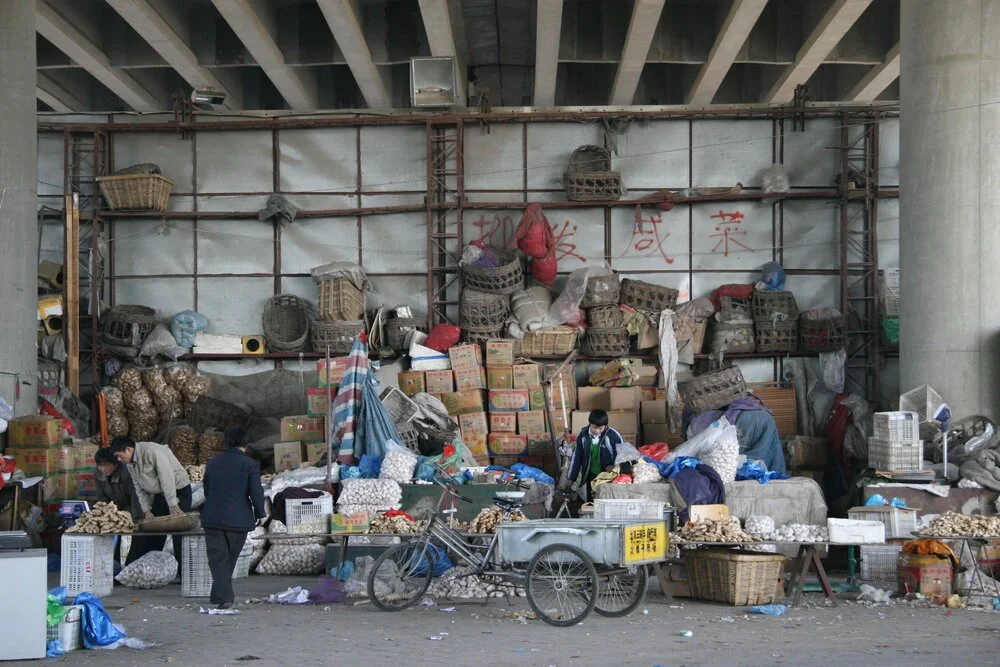Recently, you have been designing and constructing micro-apartments. How did this idea and the whole concept originate?
The concept of micro-apartments originates from the need for higher density development in the urban context. Besides these initial zoning-use considerations, micro-units focus on polyfunctional areas within a minimal footprint to avoid dead space. Larger common areas function as meeting places, shared offices, fitness, and entertainment. This concept reflects the need for a generation that appreciates the sharing economy, collaboration, sustainability, and privacy. In megacities like Tokyo, New York, and Shanghai, a shift to smaller residential dwellings is intuitive, both from an energy and density perspective; our project, however, was built in St. Gallen, a mid-size Swiss city of roughly 80,000 residents. One of the primary industries of St. Gallen is an elite school of economics that will grow at the rate of a thousand students per year in the next five years. The program for this project reflects the apparent need for student housing and the increasing demand for single-occupancy spaces. Since the completion of the project in 2021, we have observed a trend in the city’s development of micro-units, previously thought of as too risky and out of context.
What brought you to the field of architecture in the first place?
Construction work was always a way to earn a living while studying in New York. And after college, the answer to the need for an affordable studio space determined everything. So I became versed in developing large industrial spaces in non-desirable locations in Brooklyn and rented them out to artists and filmmakers to finance my studio. Over the years, a group of collaborators and I got better at it. We moved from Broadway near the Williamsburg Bridge to the Brooklyn Waterfront, and pushed deeper into Bushwick to expand. After getting married and with the arrival of my first child, we opened the artist network space on Canal and Broadway. We were converting a 5000 sq ft manufacturing space into twelve studios and gallery space to launch an international artist residency and exhibition program. The move from Brooklyn to Manhattan was challenging for many reasons, but it honed our skills in expanding our activities as an arts organization and as developers. By the time we moved the entire family to Beijing in 2007, we had organized several locations downtown for hosting residency artists, curators, and exhibitors. The following year, the artist network established venues and networks in Beijing, resulting in the construction of residential housing for our clients. In addition, I have renovated and built in Switzerland, Spain, and New York. The architectural practice is both a necessity and a passion.
In your opinion, where is the intersection of architecture and art?
Architecture, both modern and vernacular, speaks to its culture very cohesively. Concerns of identity, process, and behavior are social concepts in architecture versus the peculiarities of art making. It is directly revealing in its intention. The mastery of the medium is the transformative human experience of scale, form, and space. A Swiss architect Christian Kerez says architecture gives him a critical reference point. The framework within one deliberates all possible formulations. The innovation, selection, and final form speak to architecture’s core. Sculptural practice, conversely, is idiosyncratic and conveys significance in how particular and successful the sculptural inquiry may be.



